Research Faculty
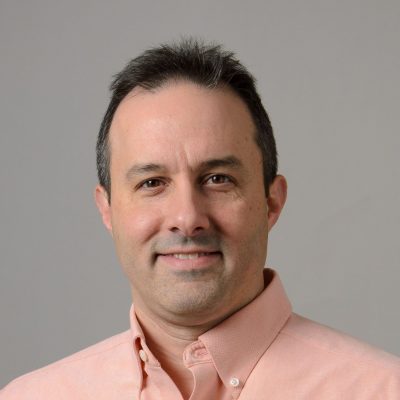 |
Ken Campellone, Associate Professor Cytoskeletal Dynamics, Membrane Remodeling, Autophagy Our research goals are to determine (1) how the cytoskeleton controls the organization, shape, and movement of cells and their internal components; (2) how cytoskeletal remodeling is altered by infectious microbes and genetic mutations; and (3) how cytoskeletal functions affect biological aging. We use a combination of bioinformatic, genetic, biochemical, molecular, cellular, and organismal approaches to study these processes. Campellone Lab |
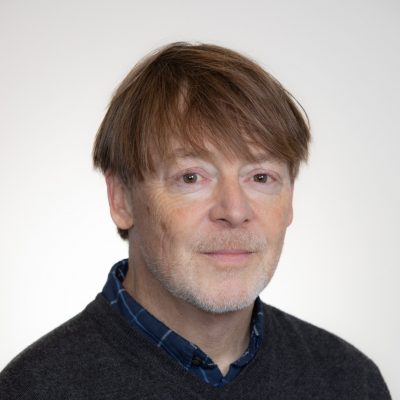 |
Charles Giardina, Professor Cell Signaling and Gene Regulation Mechanisms of aberrant gene expression in colon cancer cells. Effects of chromatin structure on cellular genetic programming. Giardina Lab |
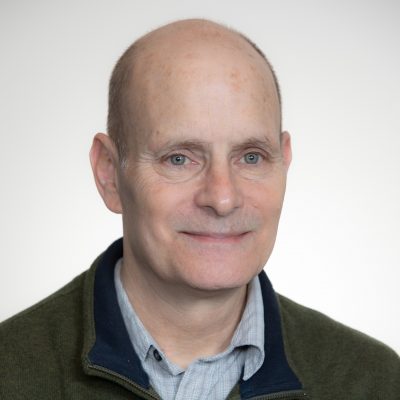 |
David Goldhamer, Professor Developmental Biology, Muscle Development, Adult Stem Cells Regulation of cell fates in mammalian embryos. Transcriptional regulation and function of skeletal muscle regulatory factors. Muscle stem cell function and plasticity, muscle regeneration in injured and diseased muscle, cell biology of heterotopic bone formation in human disease. Goldhamer Lab |
 |
Aoife Heaslip, Assistant Professor Toxoplasma gondii cell biology and host-pathogen interactions My Lab is focused on understanding the biology of human pathogen Toxoplasma gondii, an obligate intracellular protozoan parasite and the causative agent of Toxoplasmosis. Parasite survival and hence disease pathogenesis rely on its ability to secrete proteins from specialized secretory organelles, called the dense granules, into the host. We are using a combination of parasite cell biology, live cell imaging and single molecule biophysics to elucidate the molecular mechanisms underlying dense granule transport and secretion. By understanding the mechanisms underlying this essential process it is our goal to identify new targets for the development of anti-parasitic drugs. Heaslip Lab |
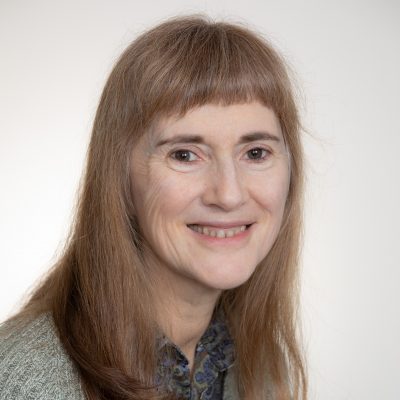 |
Juliet Lee, Associate Professor Cytoskeleton and Cell Motility Cell movement is a highly complex phenomenon which is itself composed of several other “motile processes”, such as protrusion, adhesion, contraction, and detachment. The overall aim of my work is to understand how molecular mechanisms and biomechanical properties are integrated at the cellular level to produce movement. This requires learning how the dynamic behavior of the actin cytoskeleton and cell-substratum adhesion formation is regulated both spatially and temporally. I am particularly interested in the mechano–chemical regulation of cell movement as this is important for understanding the interrelationship between molecular processes, force production, cell morphology, and movement. So far my studies have focused primarily on fish epithelial keratocytes because their rapid, relatively simple mode of movement is best suited for discerning the basic principles which relate molecular events to whole cell movement. I use a combination of techniques including fluorescence video microscopy, calcium imaging, photoactivation, and force detection assays to observe molecular, cellular and biophysical aspects of cell movement. Lee Lab |
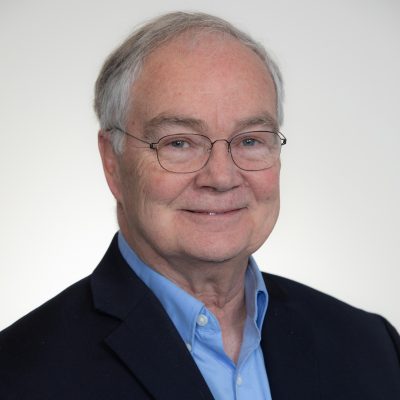 |
Michael Lynes, Professor Immunobiology, Immunotoxicology, Metallothionein Function Biochemical regulation of anergy. Role of metallothionein in the regulation of stress-mediated immunomodulation, Real-time biosensors. Leukocyte chemotaxis and phagocytosis. Lynes Lab |
 |
Adam Zweifach, Professor Immune Cell Signaling Cell Research in my lab is focused on the role of intracellular calcium signaling in the function of T lymphocytes. We are currently using a combination of molecular, biochemical and functional approaches- including fluorescence microscopy and flow cytometry- to investigate three areas. First, what are the calcium-dependent effector proteins involved in cytotoxic T lymphocyte lytic granule exocytosis? Second, what SNARE proteins and synaptotagmins are involved in CTL granule exocytosis and cytokine secretion by helper T cells? Third, is activation of the calcium-dependent phosphatase calcineurin sufficient to promote cytokine secretion from helper cells, or are there multiple calcium-dependent steps? Zweifach Lab |
Other MCB Faculty Affiliated with Cell Biology
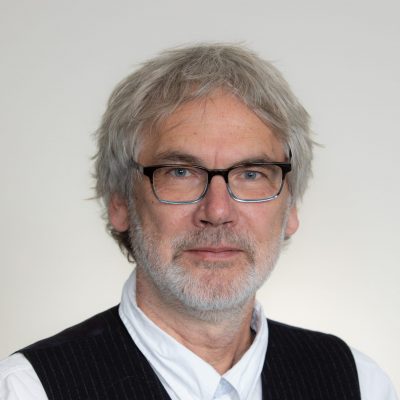 |
J. Peter Gogarten, Board of Trustees Distinguished Professor Evolution of structure and function of ATPases/ATPsynthases; the early evolution of eukaryotic cells; molecular evolution of membrane proteins; horizontal gene transfer and gene duplications. Gogarten Lab |
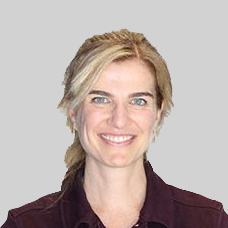 |
Barbara Mellone, Professor Normal inheritance of genetic material requires that chromosomes segregate faithfully during mitosis and meiosis. The kinetochore is a unique structure that attaches chromosomes to the microtubule spindle, monitors proper chromosome attachment to the spindle, and couples spindle and motor protein forces to move chromosomes during prometaphase and anaphase. The centromere is a specialized chromosomal site that is the structural and functional foundation for kinetochore formation and is characterized by a unique type of chromatin that needs to be reconstituted after each replication cycle. My lab is interested in understanding how the centromere location is determined and how the centromere site is inherited through cell division. By using different molecular and imaging techniques we are dissecting pathways responsible for cell-cycle regulation, localization, and functional inter-dependence of centromere components using the fruit fly as the model organism. Mellone Lab |
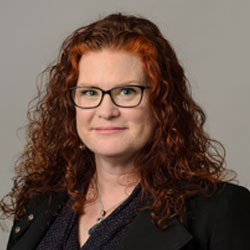 |
Rachel O’Neill, Board of Trustees Distinguished Professor We use molecular and cytogenetic techniques to study the genetics of centromere determinance; centromere function and evolution; chromosome evolution; speciation and hybrid dysgenesis in several model systems, including Mus, Peromyscus, and several marsupial genera. We are also using these techniques to study species-specific placental development and evolution with respect to retroelement load; the evolution of transposable elements and retroviruses; and, the epigenetic effectors of gene expression and chromosome structure. R. O’Neill Lab |
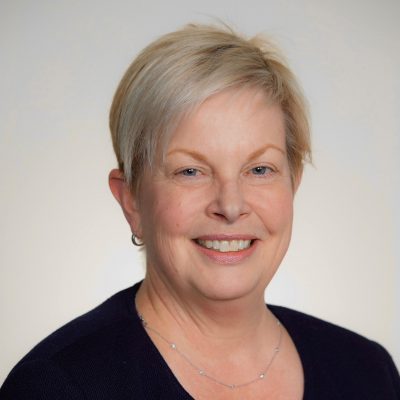 |
Carolyn M. Teschke, Professor, MCB Department Head In vivo and in vitro investigations of the assembly of virus capsids, the interactions between proteins and molecular chaperones, including those used in secretion of proteins from Mycobacterium species. Teschke Lab |
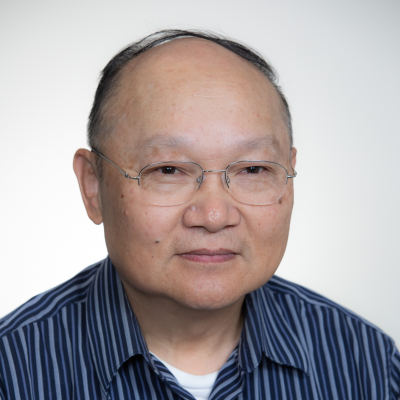 |
Ping Zhang, Associate Professor Chromosome structure and gene expression; The Y chromosome and spermatogenesis in Drosophila melanogaster; P-element insertional mutagenesis. |
Other MCB Faculty Affiliated with Cell Biology
 |
Tom Abbott, Associate Professor In-Residence |
 |
Dave Daggett, Associate Professor In-Residence |
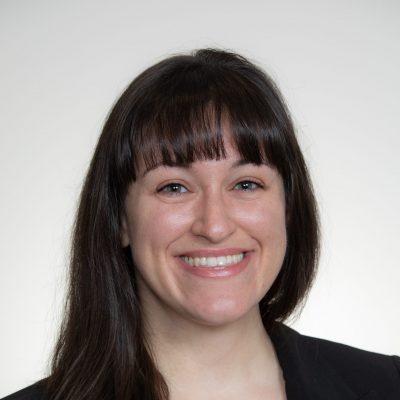 |
Elizabeth Kline Assistant Professor In-Residence |
Active Emeritus MCB Faculty
| Thomas T. Chen Professor Emeritus | |
| Lawrence E. Hightower Professor Emeritus | |
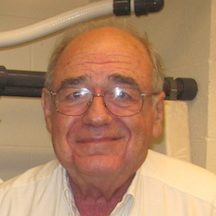 |
Hans Laufer Professor Emeritus |
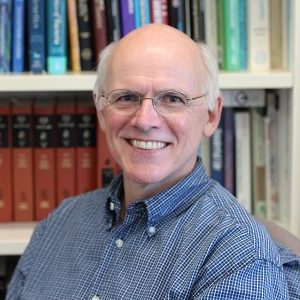 |
Kenneth M. Noll Professor Emeritus |